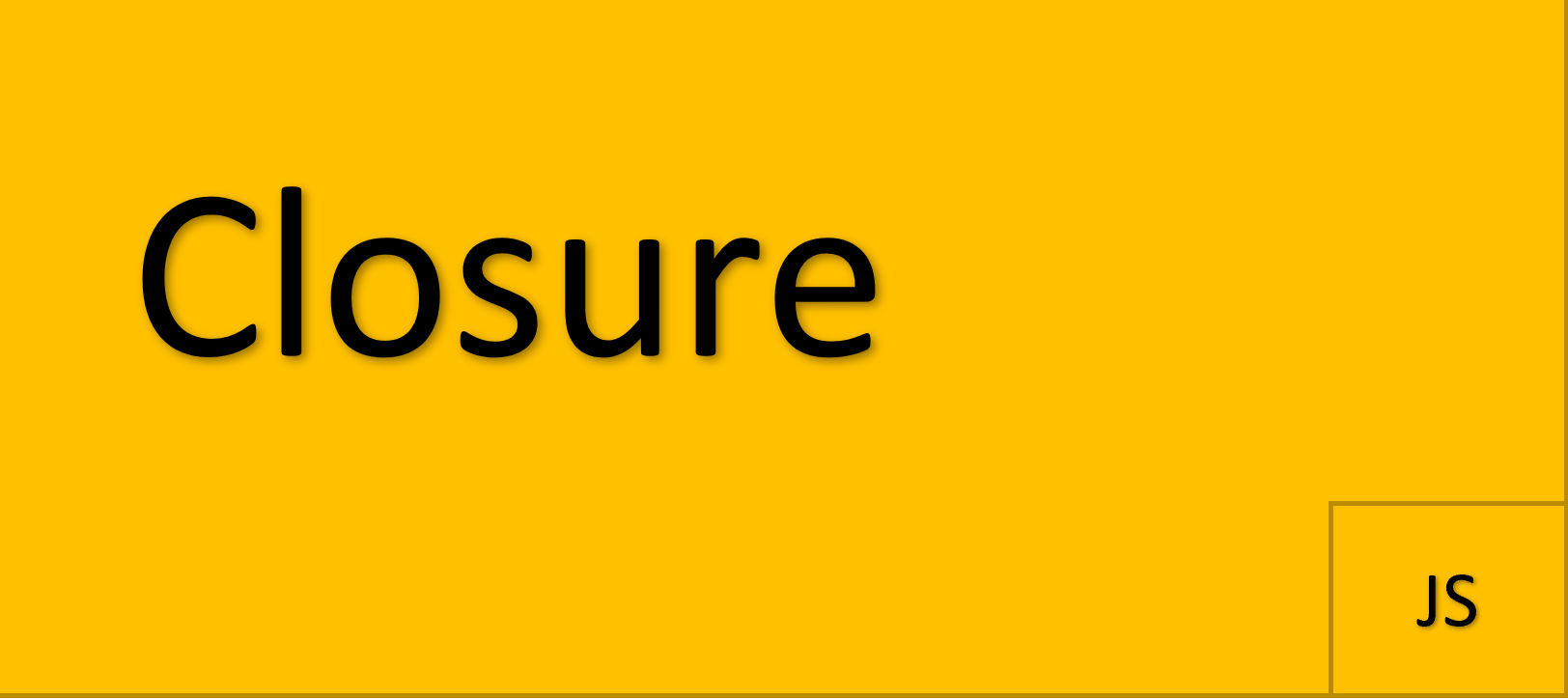The closure is an important concept in functional programming. Closure means that an inner function always has access to the vars and lets of outer function, even after the function has returned. It is a form of lexical scoping.
A closure is the combination of a function bundled together (enclosed) with references to its surrounding state (the lexical environment). Before getting into closure, we need to know the following terms:
Scope:
A scope is created by a function or a code block. While defining a variable, we want to create some boundaries for variables. The accessibility of variables is within these boundaries (i.e) scope. Outside scope, the variable is inaccessible.
Example:
function f1(){
//function scope
let a = 2;
console.log(a);
}
f1();
console.log(a); // outside scope Reference error
Output:
2
Reference error
When variable a is accessed within its function f1 it gets executed and returns 2. But when we try to access outside function it throws reference error.
Scope is a policy that rules the accessibility of variables.
Lexical Scope:
Lexical scope defines the scope of a variable by position of the variable declared in source code. Outer scope determined statically or at lexical time.
According to lexical scoping, the scopes can be nested and inner function can access variables declared outside.
Example:
let a = 2; // global variable
function f1(){
let b = 3; // local variable
console.log(a+b);
}
f1();
Output:
5
Now going to closure,
As we already know, closure means that an inner function always has access to the vars and parameters of its outer function, even after returned.
Example:
function f1(){
//outer function
let a=2;
function f2(){
//inner function
console.log(a);
}
f2();
}
f1();
Output:
2
Now inner function can access outer variable even if it is executed separately.
function f1(){
//outer function
let a=2;
function f2(){
//inner function
console.log(a);
return f2();
}
var f3 = f1(); // function expression
f3;
Output:
2
Functions are first-class citizens in JavaScript. A function can return another function in JavaScript. A function which is assigned to a variable is called function expression.
Another important feature of closure is that outer variable keeps their state between multiple calls. But inner function does not keep separate copy of outer variable instead reference outer variable.
That means value of outer variable is changed if you change inner variable.
Example:
function f1(){
//outer function
var a=2;
function f2(){
//inner function
return a+1;
}
return f2();
}
var f3 = f1(); // function expression
f3;
Output:
3
Closure is a function that access its lexical scope even executed outside of its lexical scope.
When to use closure?
Closure is an important concept in functional programming. Currying in functional programming is possible because of closure.
Currying is a process that allows you to transform a function with multiple arguments into a sequence of nesting functions. Instead of a function taking all arguments at one time, it takes the first one and returns a new function, which takes a second one and returns another function and so on.
Currying transforms f(a,b,c) into f(a) (b) (c).
Example:
function add(a) {
return function executeadd(b) {
return a + b;
}
}
const sum = add(2);
sum(3);
sum(5);
const sum1 = add(3);
sum(4);Output:
6
We will see about closure in loop in next part.
